Cloud computing for longer smartphone battery life
How can we make our smartphone batteries last longer? For Maurice Gagnaire, a researcher at Télécom ParisTech, the solution could come through mobile cloud computing. If computations currently performed by our devices could be offloaded to local servers, their batteries would have to work less. This could extend the battery life for one charge by several hours. This solution was presented at the IMT symposium on April 28, which examined the role of the digital transition in the energy sector.
“Woe is me! My battery is dead!” So goes the thinking of dismayed users everywhere when they see the battery icon on their mobile phones turn red. Admittedly, smartphone battery life is a rather sensitive subject. Rare are those who use their smartphones for the normal range of purposes — as a telephone, for web browsing, social media, streaming videos, etc. — whose batteries last longer than 24 hours. Extending battery life is a real challenge, especially in light of the emergence of 5G, which will open the door for new energy-intensive uses such as ultra HD streaming or virtual reality, not to mention the use of devices as data aggregators for the Internet of Things (IoT). The Next Generation Mobile Networks Alliance (NGMN) has issued a recommendation to extend mobile phone battery life to three days between charges.
There are two major approaches possible in order to achieve this objective: develop a new generation of batteries, or find a way for smartphones to consume less battery power. In the laboratories of Télécom ParisTech, Maurice Gagnaire, a researcher in the field of cloud computing and energy-efficient data networks, is exploring the second option. “Mobile devices consume a great amount of energy,” he says. “In addition to having to carry out all the computations for the applications being used, they are also constantly working on connectivity in the background, in order to determine which base station to connect to and the optimal speed for communication.” The solution being explored by Maurice Gagnaire and his team is based on reducing smartphones’ energy consumption for computations related to applications. The scientists started out by establishing a hierarchy of applications according to their energy demands as well as to their requirements in terms of response time. A tool used to convert an audio sequence into a written text, for example, does not present the same constraints as a virus detection tool or an online game.
Once they had carried out this first step, the researchers were ready to tackle the real issue — saving energy. To do so, they developed a mobile cloud computing solution in which the most frequently-used and energy-consuming software tools are supposed to be available in nearby servers, called cloudlets. Then, when a telephone has to carry out a computation for one of its applications, it offloads it to the cloudlet in order to conserve battery power. Two major tests determine whether to offload the computation. The first one is based on an energy assessment: how much battery life will be gained? This depends on the effective capacity of the radio interface at a particular location and time. The second test involves quality expectations for user experience: will use of the application be significantly impacted or not?
Together, these two tests form the basis for the MAO (Mobile Applications Offloading) algorithm developed by Telecom ParisTech. The difficulty in its development arose from its interdependence with such diverse aspects as hardware architecture of mobile phone circuitry, protocols used for radio interface, and factoring in user mobility. In the end, “the principle is similar to what you find in airports where you connect to a local server located at the Wi-Fi spot,” explains Maurice Gagnaire. But in the case of energy savings, the service is intended to be “universal” and not linked to a precise geographic area as is the case for airports. In addition to offering browsing or tourism services, cloudlets would host a duplicate of the most widely-used applications. When a telephone has low battery power, or when it is responding to great user demand for several applications, the MAO algorithm makes it possible to autonomously offload computations from the mobile device to cloudlets.
Extending battery life by several hours?
Through a collaboration with researchers from Arizona State University in Tempe (USA), the theoretical scenarios studied in Paris were implemented in real-life situations. The preliminary results show that for the most demanding applications, such as voice recognition, a 90% reduction in energy consumption can be obtained when the cloudlet is located at the base of the antenna in the center of the cell. The experiments underscored the great impact of the self-learning function of the database linked to the voice recognition tool on the performances of the MAO algorithm.
Extending the use of the MAO algorithm to a broad range of applications could expand the scale of the solution. In the future, Maurice Gagnaire plans to explore the externalization of certain tasks carried out by graphics processers (or GPUs) in charge of managing smartphones’ high-definition touchscreens. Mobile game developers should be particularly interested in this approach.
More generally, Maurice Gagnaire’s team now hopes to collaborate with a network operator or equipment manufacturer. A partnership would provide an opportunity to test the MAO algorithm and cloudlets on a real use case and therefore determine the large-scale benefits for users. It would also offer operators new perspectives for next-generation base stations, which will have to be created to accompany the development of 5G planned for 2020.
This article is part of our dossier Digital technology and energy: inseparable transitions!


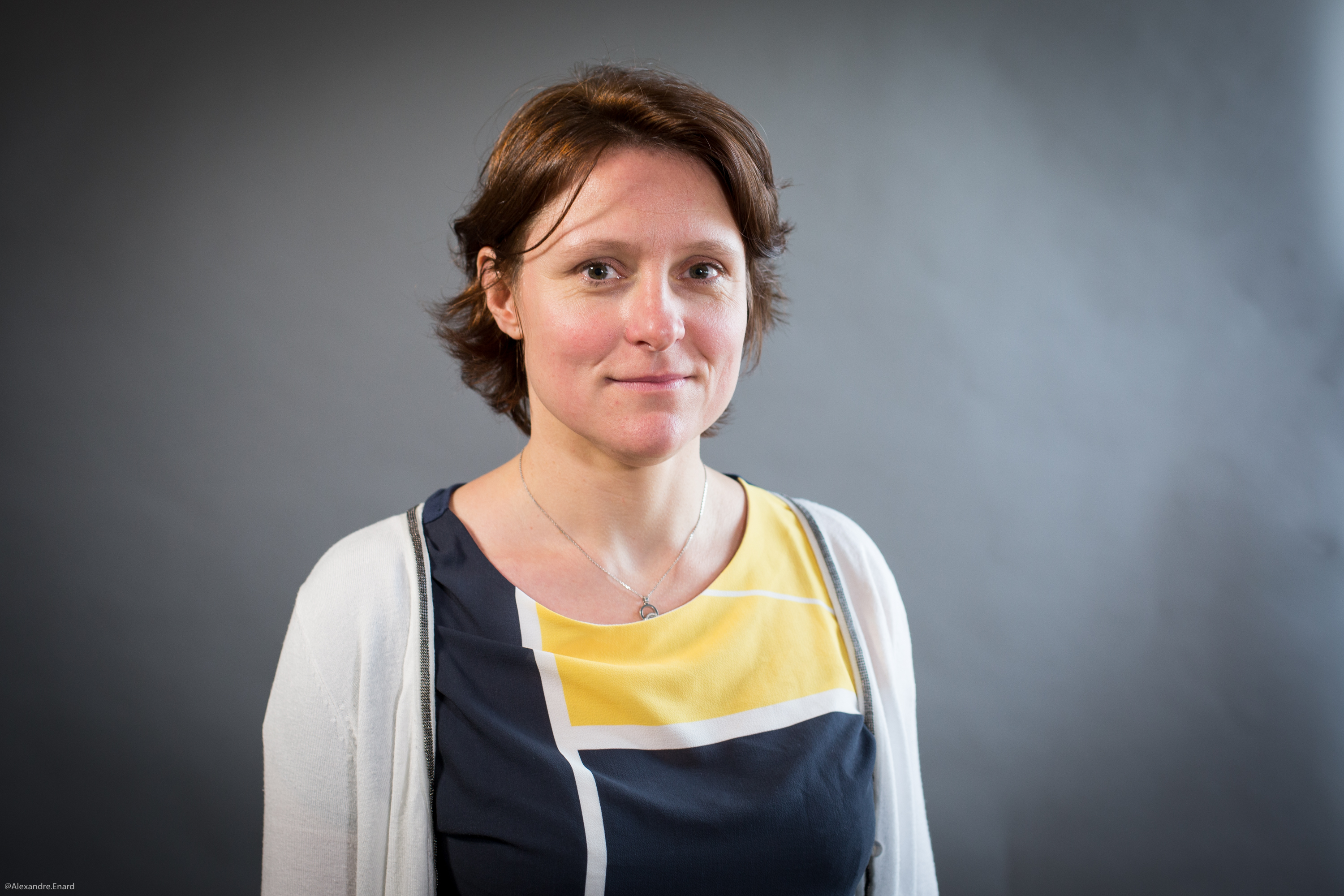


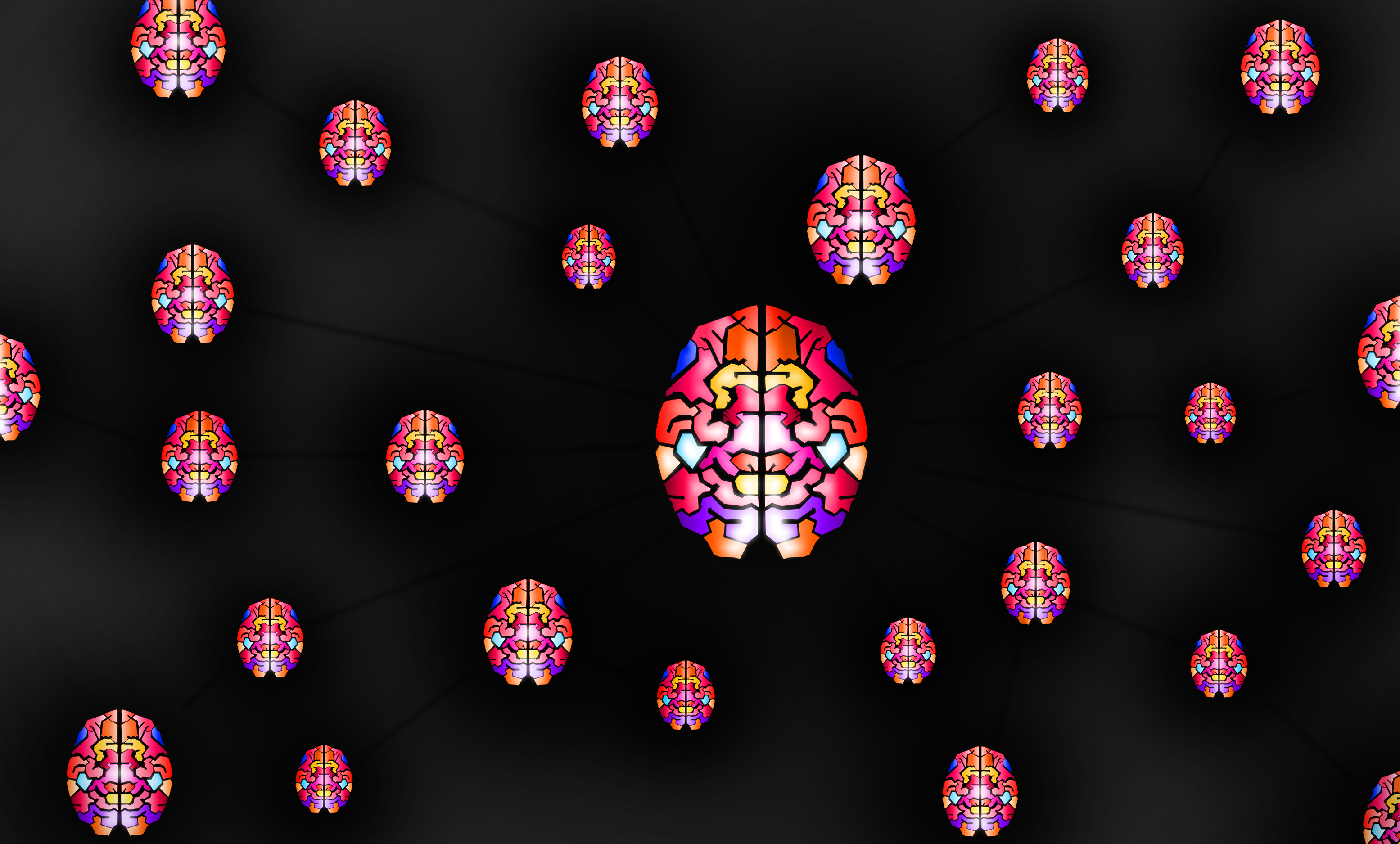
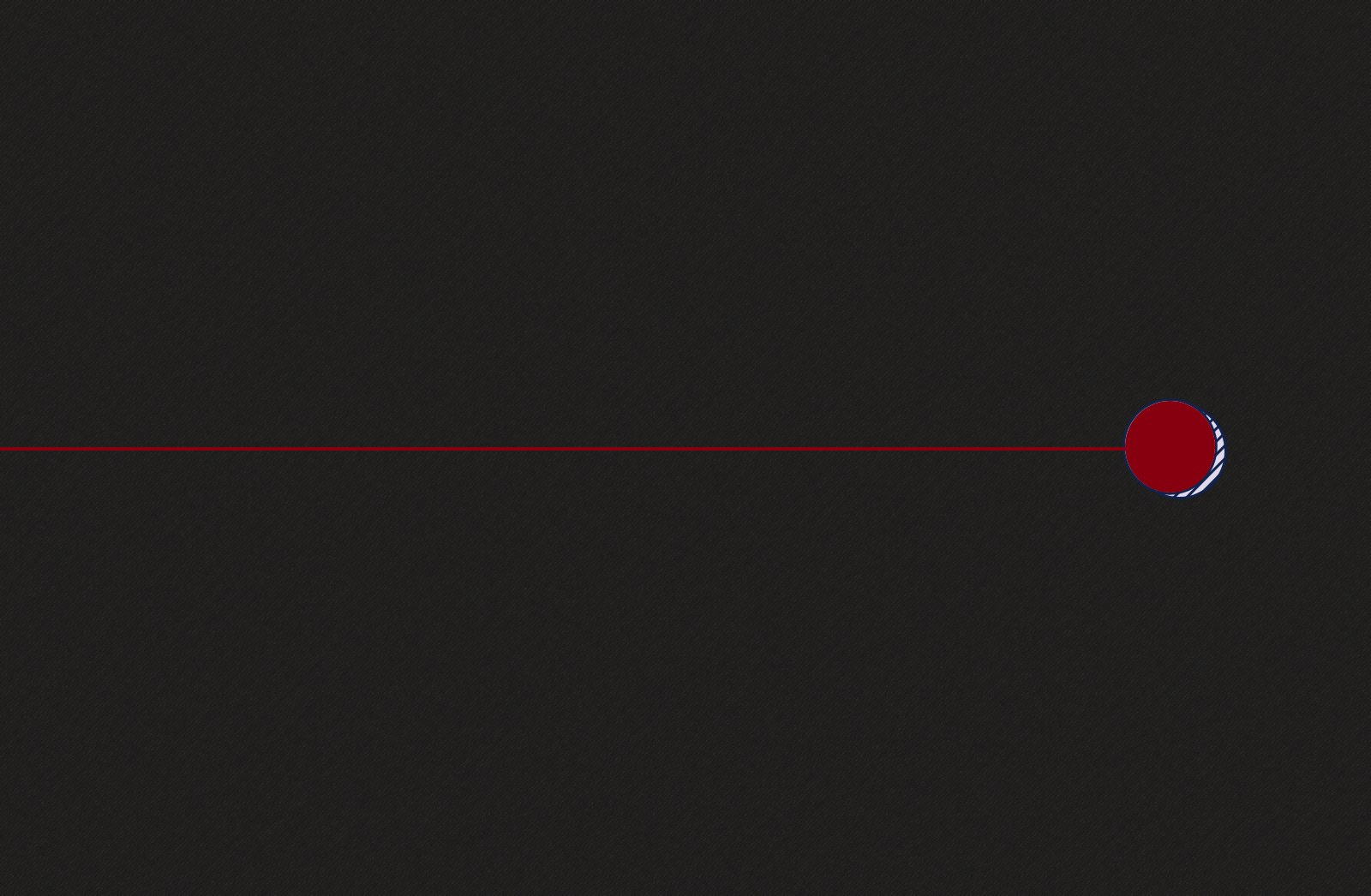


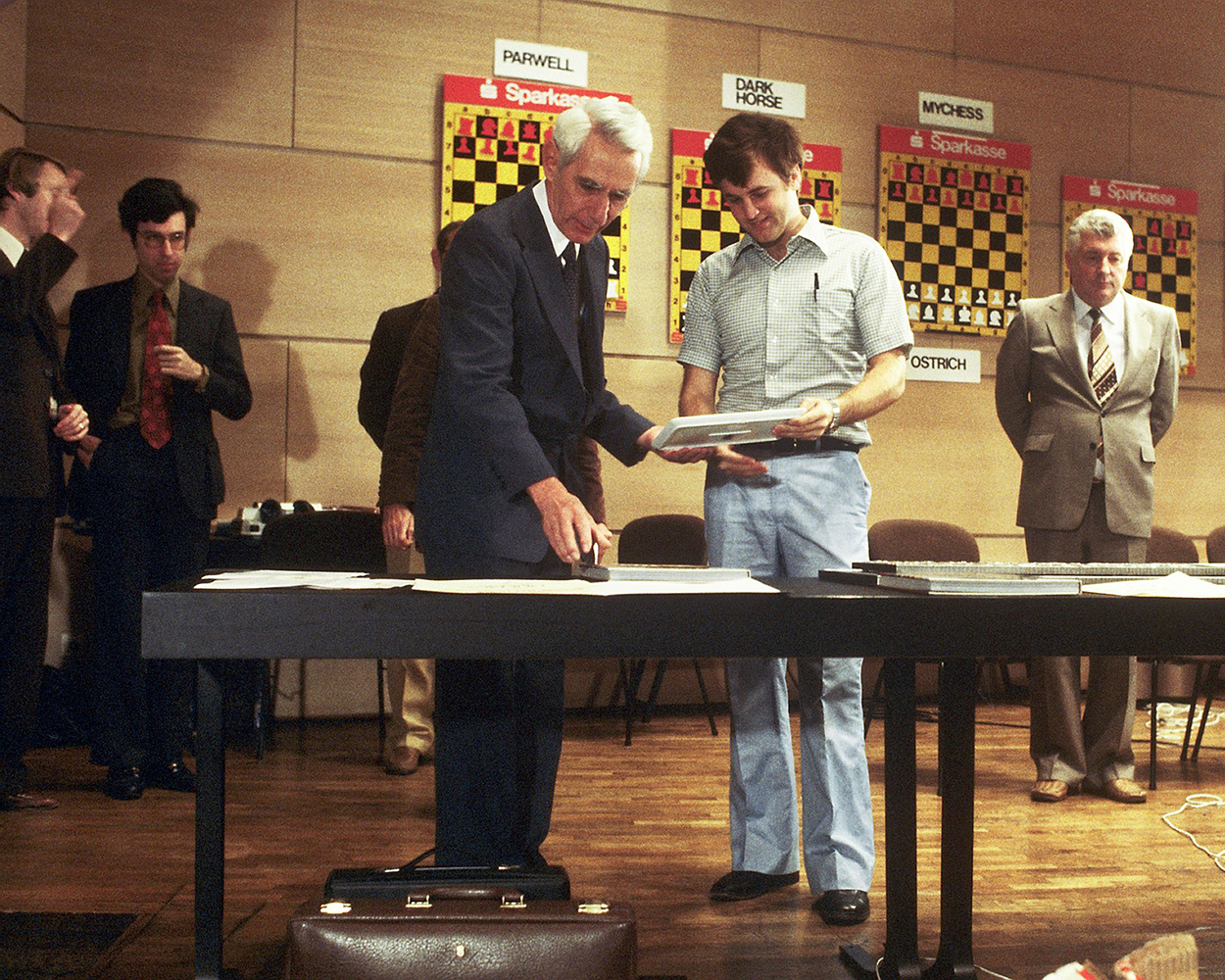


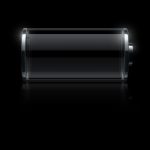
Leave a Reply
Want to join the discussion?Feel free to contribute!